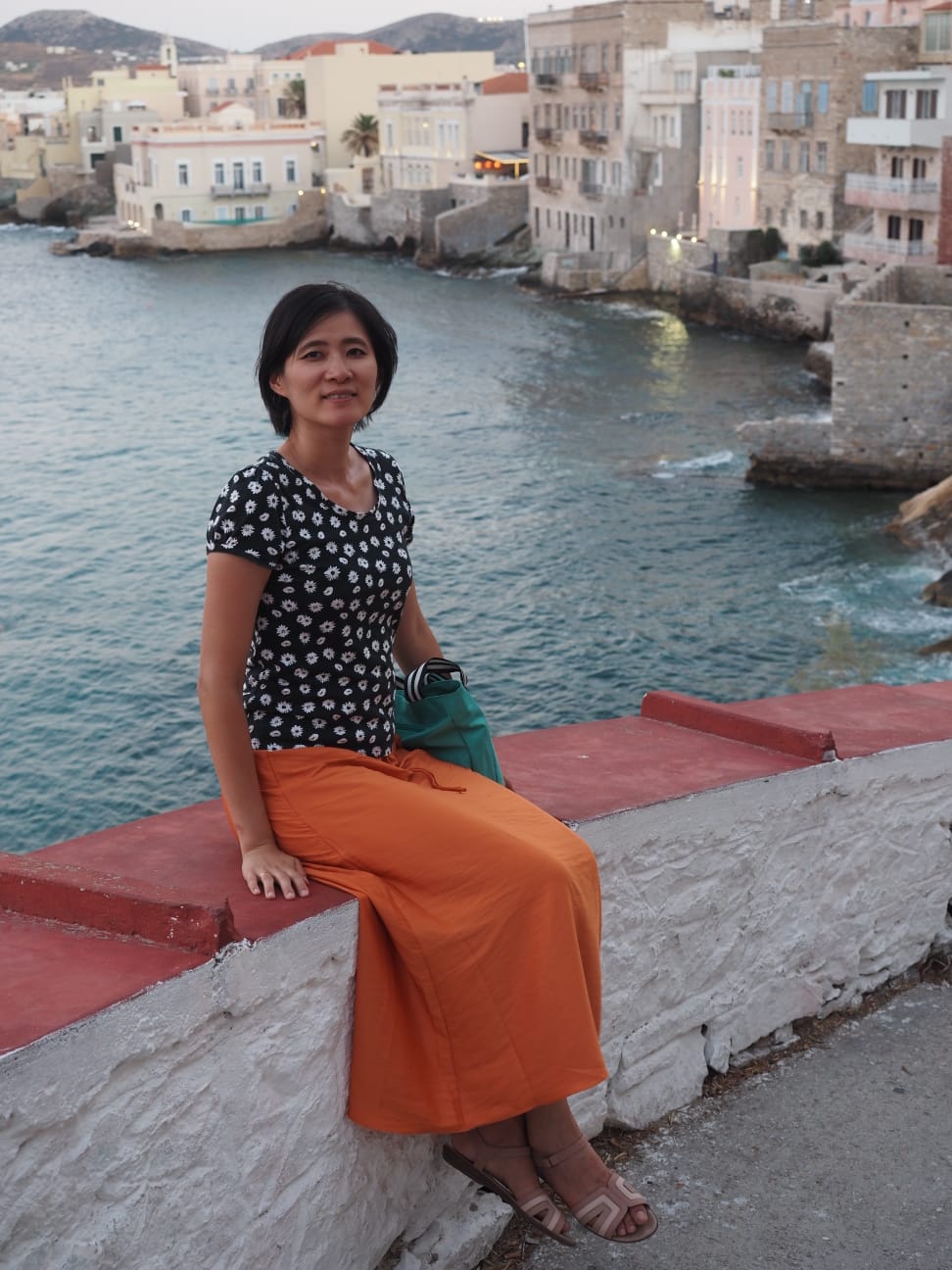Hao Helps Chinese Language Program Grow
Is it more difficult for a native English speaker to learn Chinese … or a native Chinese speaker to learn English?

Hao, who is from Taiwan, received the college’s 2021 Faculty Advising Award for her leadership as the chair of the Chinese program.
UT doesn’t offer a major in Chinese, but it does offer a minor. To earn a minor, students must take three years of Chinese language plus nine additional credit hours in Chinese language, history, religion, art history, or another facet of Chinese culture.
“When I arrived (in 2013), we had very few Chinese minors,” she said. “We only had three years of Chinese language classes and only one non-tenured track instructor and one graduate teaching assistant.”
Hao helped the department add a few 400-level Chinese courses, and the enrollment has been growing steadily since her arrival.
Today, 100 to 150 students take some level of Chinese each year.
“Chinese is such an important language. But in Tennessee, people are used to taking Spanish or French or other European languages,” she said.
Hao is the program’s only tenure-line faculty member. There are also two non-tenure instructors.
In addition to directing the Chinese language program and advising Chinese minors, Hao advises Language and World Business Chinese majors. In that major, students combine business with one of the nine foreign languages taught at UT.
Chinese is a popular choice.
“If you are interested in trade, you have to know about China,” Hao said.
She said the Chinese program also pulls several students from political science, engineering, biology, pre-med, and pre-law.
“They may not need to take a foreign language, but they see Chinese as one way to distinguish themselves from others,” she said.

“The Club has certainly promoted multiculturalism on campus,” Hao said.
What makes Chinese and English so different?
English and Chinese differ greatly in their writing systems. While the English alphabet has 26 letters, Chinese has more than 50,000 symbols, even though one only needs to know about 3,000 of these to be able to read most Chinese publications.
In Chinese, rather than spelling out a word, you use symbols that correspond to meanings. Many words are comprised of multiple symbols.
For instance, “train” is a combination of “huo” (fire) and “che” (car). Meanwhile, “automobile” is a combination of “qi” (gas) and “che” (car).”
Another major difference between English and Chinese is the sounds, which is Hao’s area of expertise. She earned her bachelor’s degree at National Taiwan University and completed her master’s degree and doctorate in linguistics at Indiana University in Bloomington, Indiana.
“My research focuses on the second language learning of sounds, and I specialize in English learners learning Chinese tones,” she said. In Chinese, pitch or tone can change the meaning of a word.
For instance, the Chinese word “ma” can mean “mother,” “hemp,” “horse,” or “to scold,” depending on the speaker’s tone.
“English speakers are not used to using the tone to change the meaning of words, which often causes mispronunciation or foreign accent,” Hao said.
“Learning any language is hard, but that’s also the fun of it. Learning a foreign language enables you to experience a different way of thinking and may completely change your worldview. Plus, it helps make your brain healthier and may even delay the aging of your brain.”
–Story by Amy Blakely